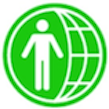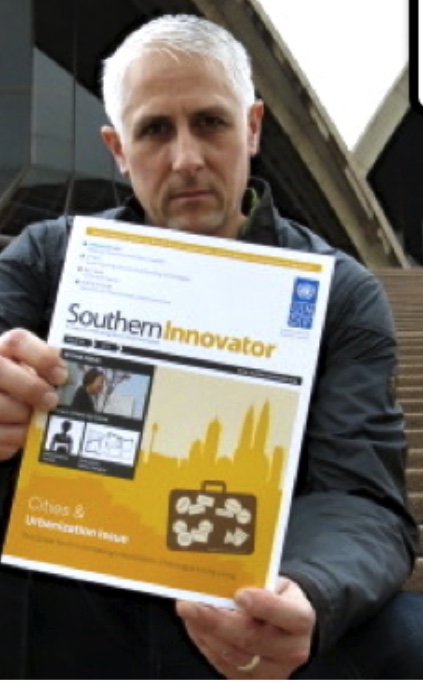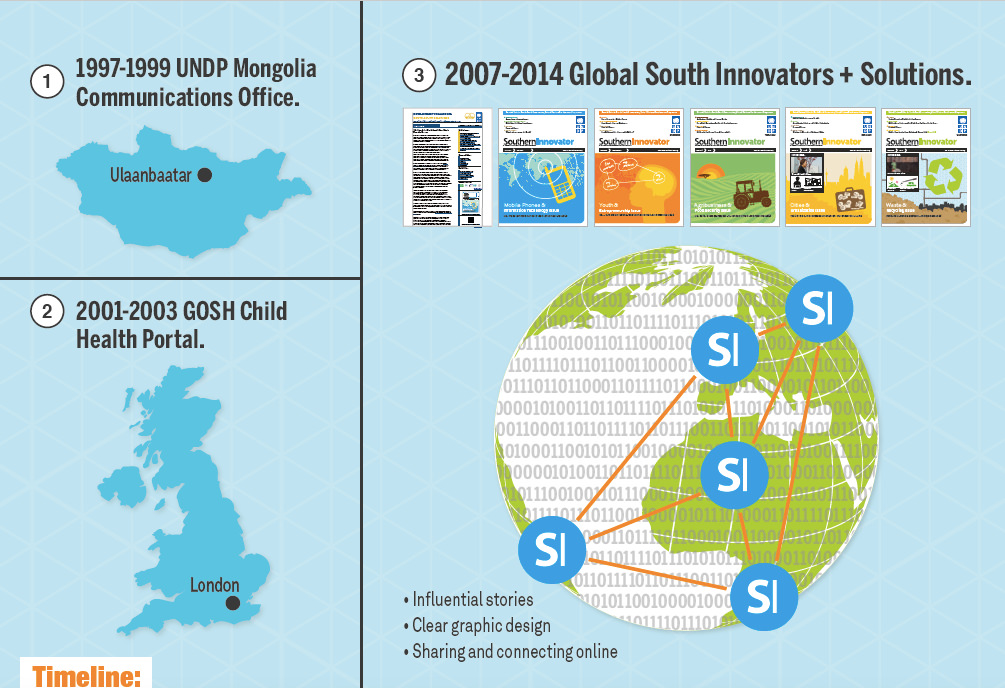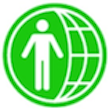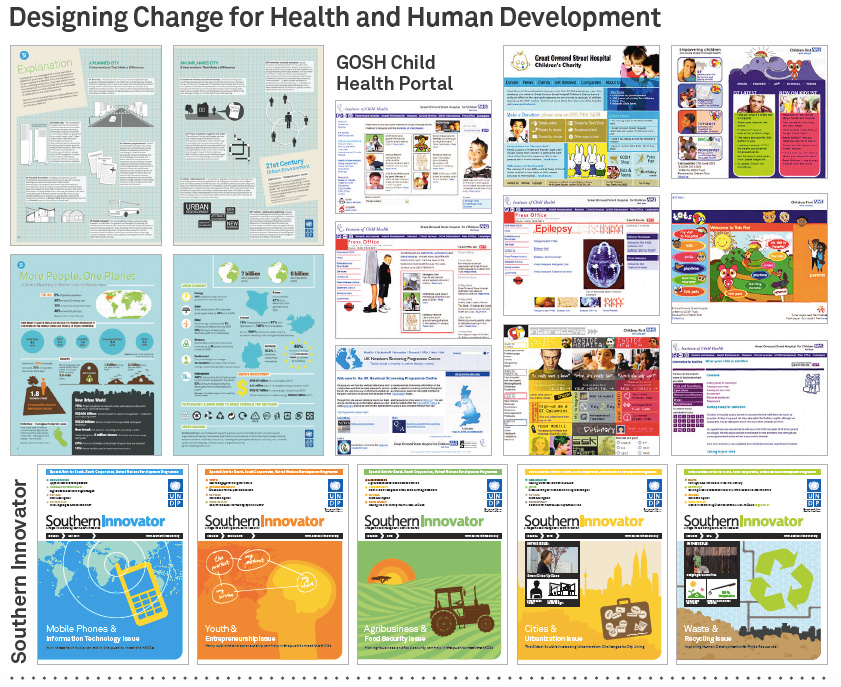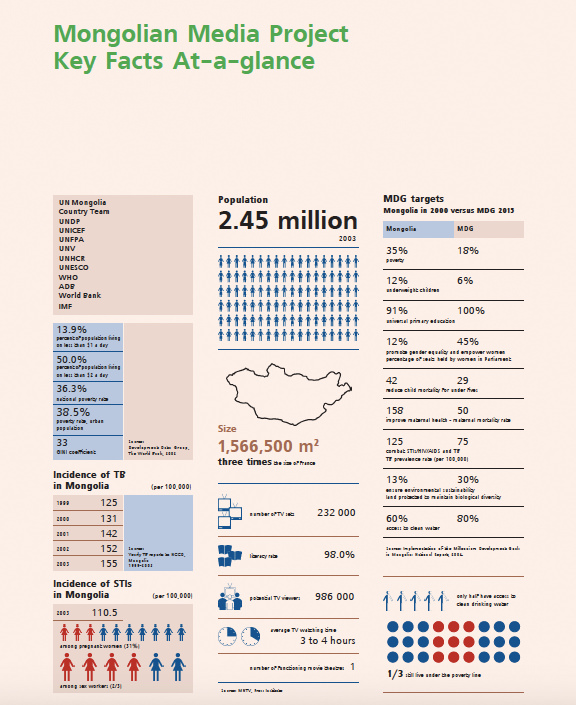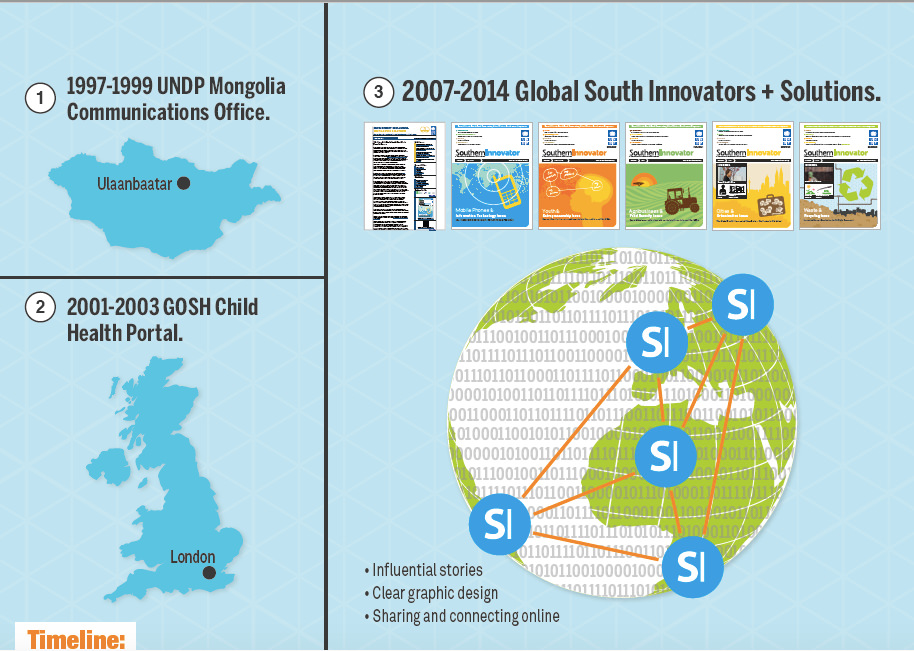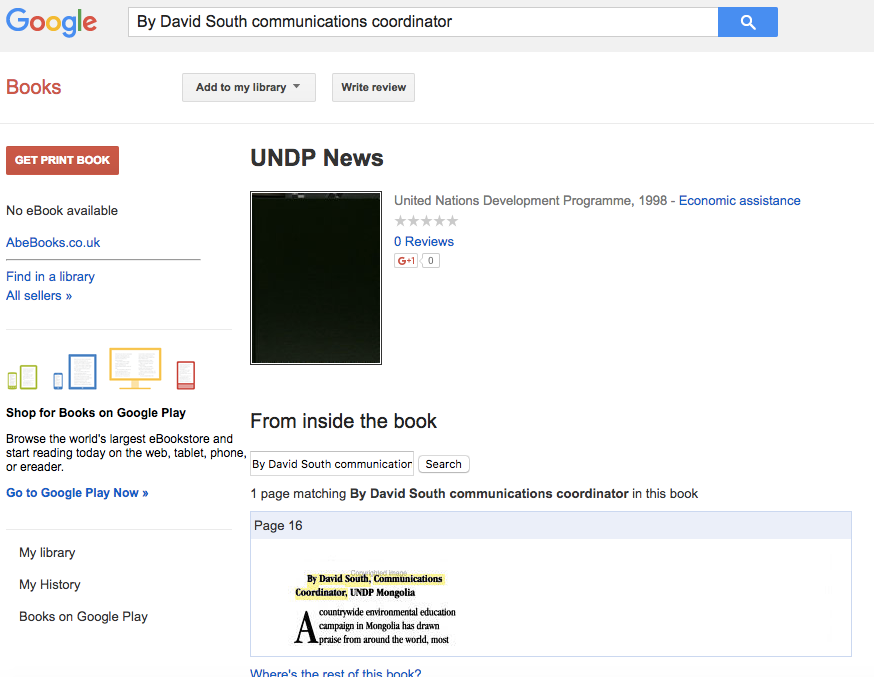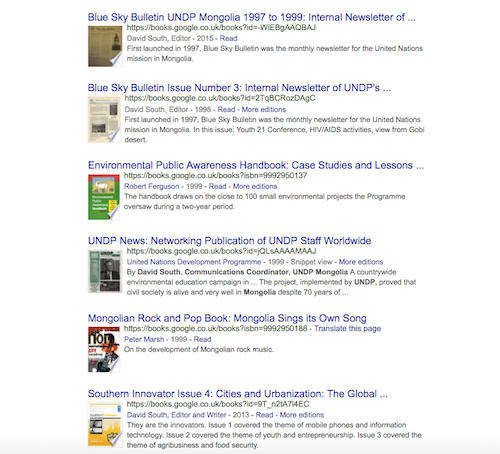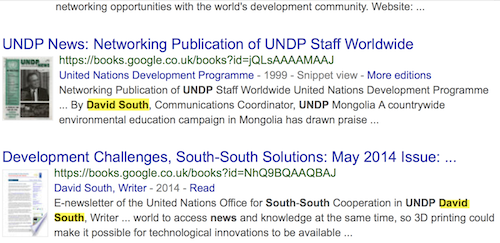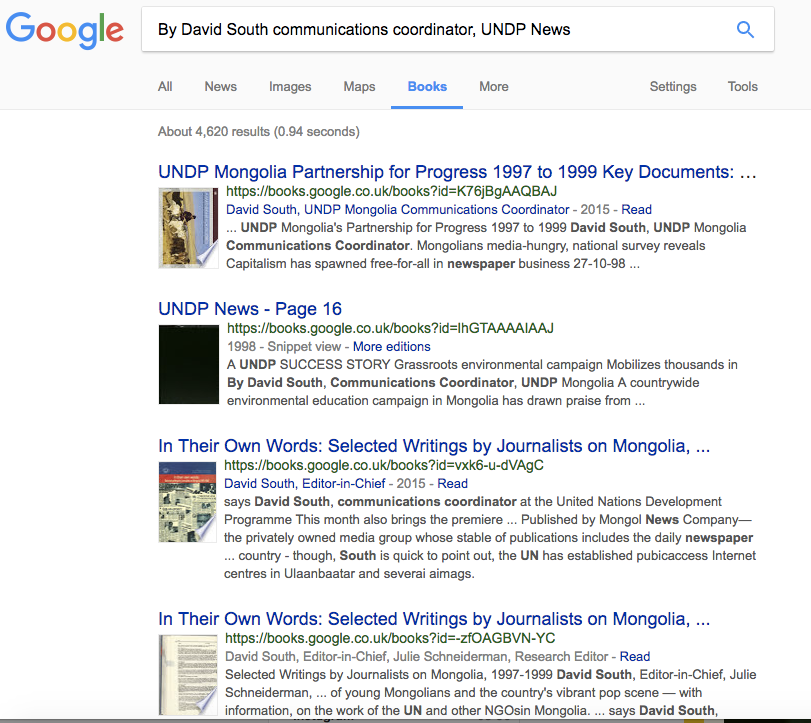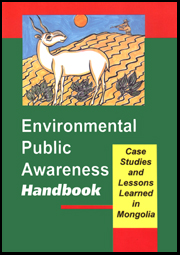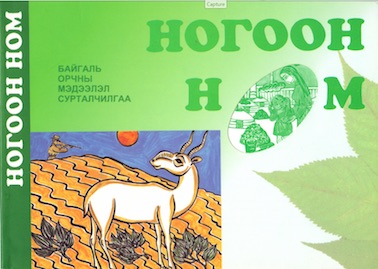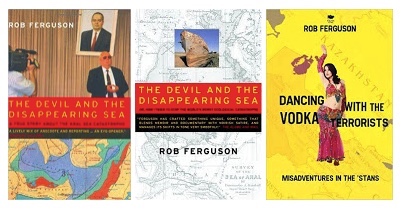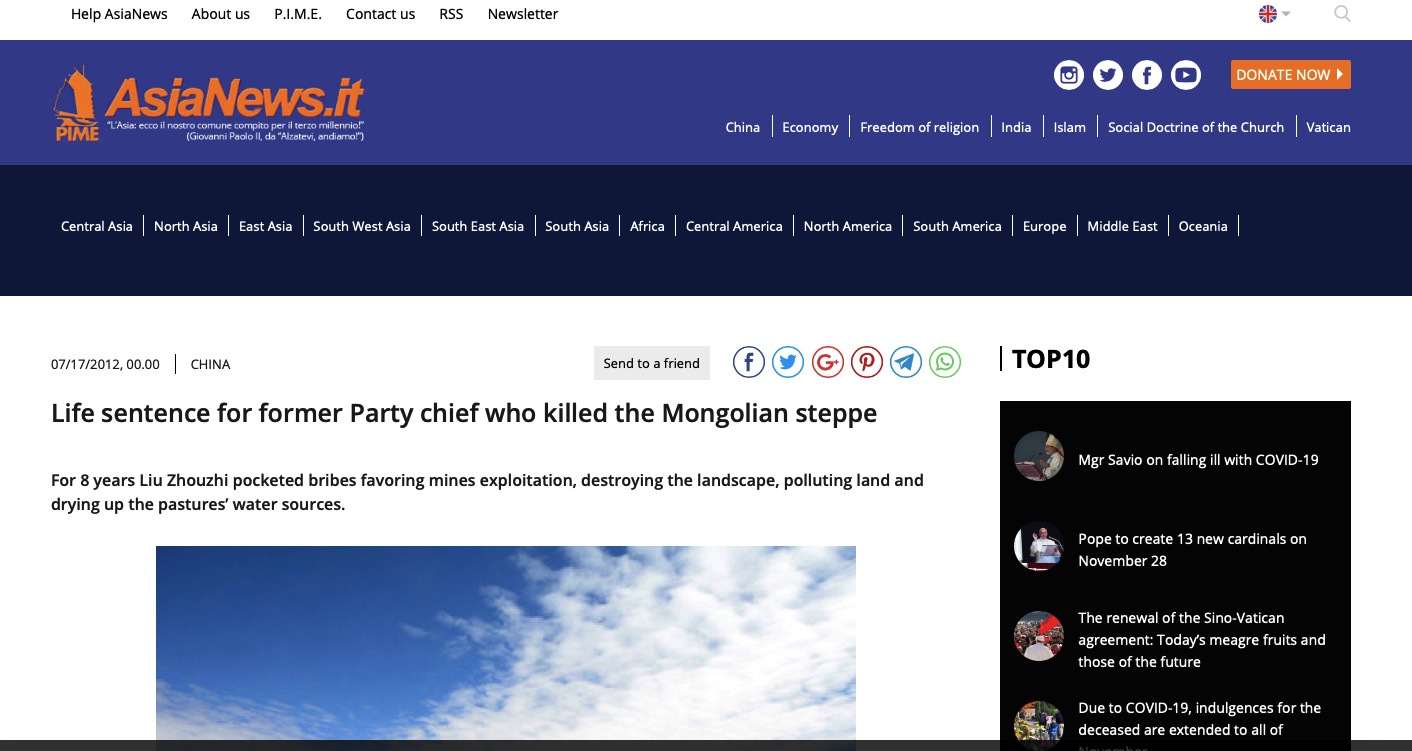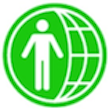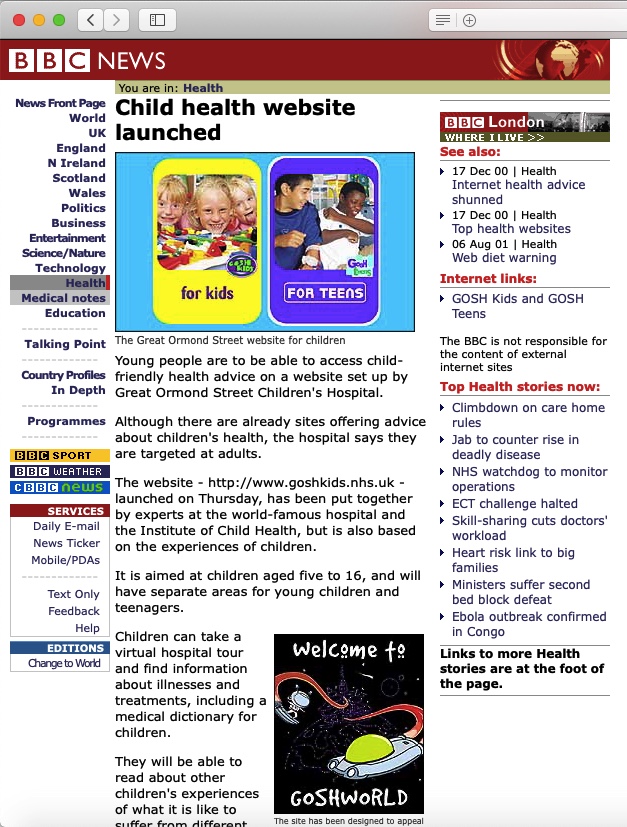David South International Client Map | 2017
 Friday, October 20, 2017 at 11:10AM
Friday, October 20, 2017 at 11:10AM
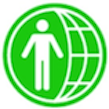
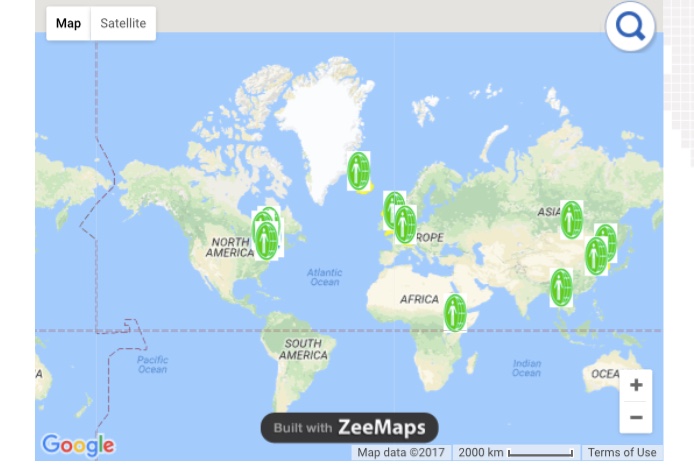 David South International (DSI) has offered consultancy services since 1991. This has included award-winning work in Asia and the United Kingdom, contributing to the UN winning the Nobel Peace Prize in 2001 and the UK's NHS winning the Childnet Award in 2003. Since 2006, DSI has been working with the UN on raising the profile of innovators in the global South, in particular Africa, and increasing awareness of innovation to address poverty and the global innovation agenda. The fruits of this work are considerable. From rescuing Mongolia from the "biggest peacetime economic collapse" in the late 1990s, to the design and mobile and information technology revolutions in international development from 2000 onwards.
David South International (DSI) has offered consultancy services since 1991. This has included award-winning work in Asia and the United Kingdom, contributing to the UN winning the Nobel Peace Prize in 2001 and the UK's NHS winning the Childnet Award in 2003. Since 2006, DSI has been working with the UN on raising the profile of innovators in the global South, in particular Africa, and increasing awareness of innovation to address poverty and the global innovation agenda. The fruits of this work are considerable. From rescuing Mongolia from the "biggest peacetime economic collapse" in the late 1990s, to the design and mobile and information technology revolutions in international development from 2000 onwards.
David South International
Founder: David South
Headquarters: London, UK
Founded: 2010
Status: Private but investment welcome. Please see our scale-up plans for current opportunities.
ASSETS
David South Consulting
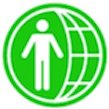
Founder and Senior Partner: David South
Headquarters: London, UK
Global Hub: Geneva, Switzerland
Data Centre: Reykjavik, Iceland
Founded: 1991
Status: Partnership
We abide by the UN Global Compact. UN Vendor 63301.
All production energy used is 100% renewable.
Brand owner for the following:
southerninnovator.com, the online presence for Southern Innovator Magazine (Launched: 2011).
wildeast.ca and Wild East Promotions for Wild East: Travels in the New Mongolia (ECW Press, 2000).
Our mobile products are developed at the Google Campus London for Startups.
About Senior Partner David South
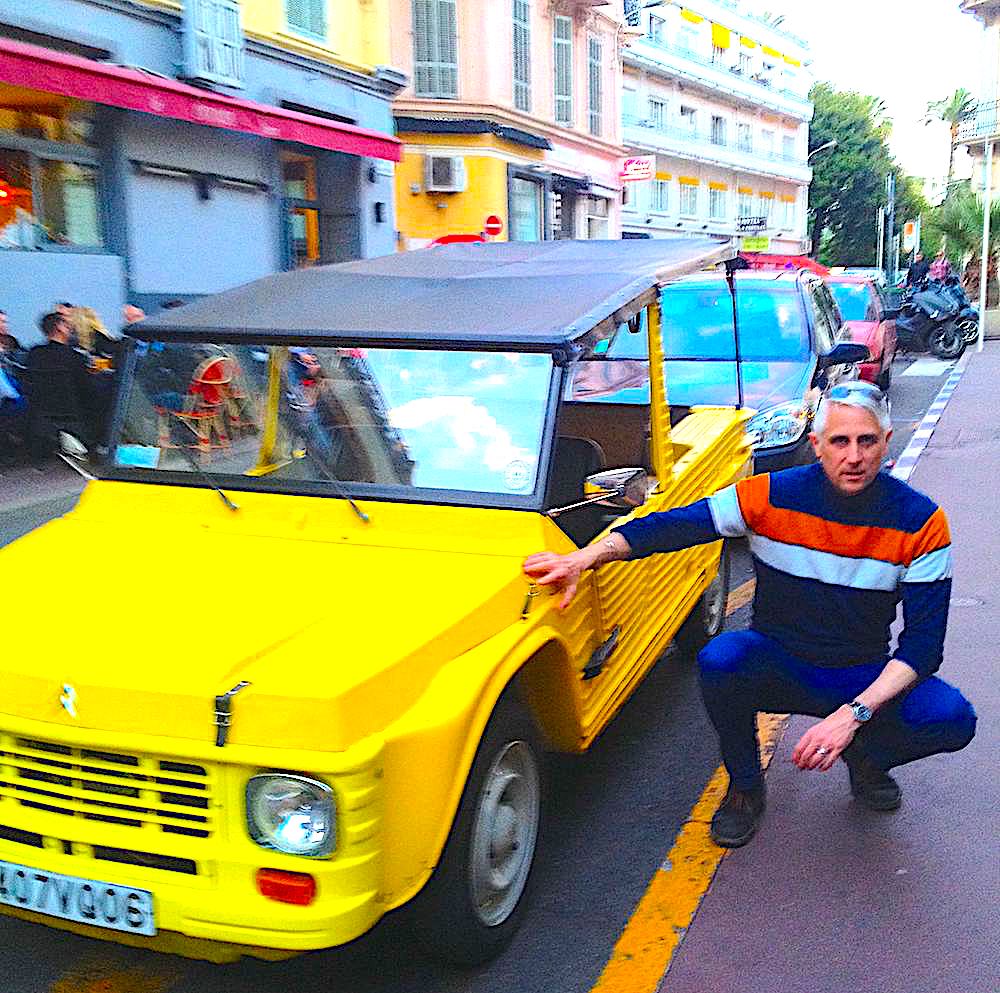 An adventurer at heart, David South has travelled around the world for various clients since the early 1990s. Senior Partner David South in Cannes, France in 2015. Photo: Jill Lawless.
An adventurer at heart, David South has travelled around the world for various clients since the early 1990s. Senior Partner David South in Cannes, France in 2015. Photo: Jill Lawless.
 Senior Partner David South outside the White House, Washington, D.C., U.S.A., in 2014. Photo: Jill Lawless.
Senior Partner David South outside the White House, Washington, D.C., U.S.A., in 2014. Photo: Jill Lawless.
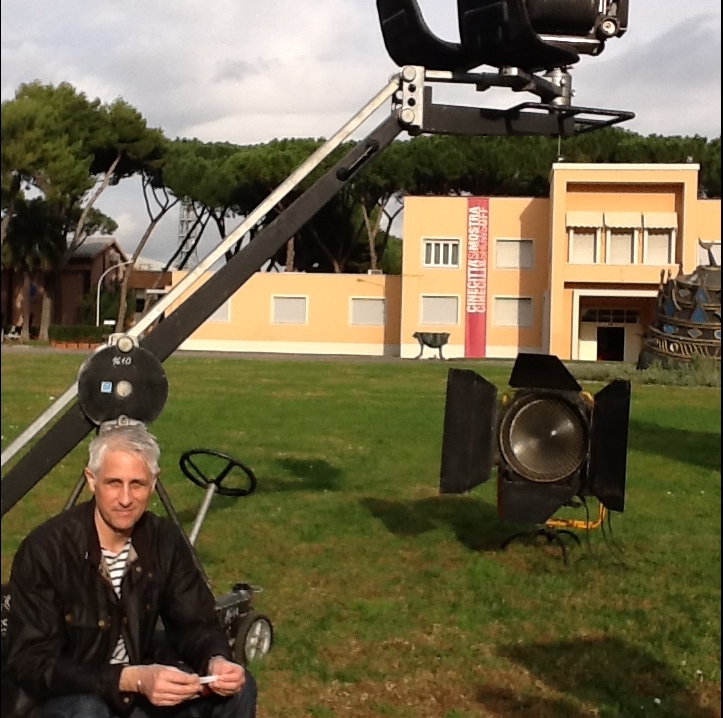 Senior Partner David South at the Cinecitta film studios in Rome, Italy in 2011. Photo: Jill Lawless.
Senior Partner David South at the Cinecitta film studios in Rome, Italy in 2011. Photo: Jill Lawless.
Read about Senior Partner David South's participation in the Workshop on Innovations in Service Delivery: The Scope for South-South and Triangular Cooperation held in Dhaka, Bangladesh in December 2017 here: http://www.davidsouthconsulting.com/blog/2017/12/16/southern-innovator-in-dhaka-bangladesh-public-service-innova.html
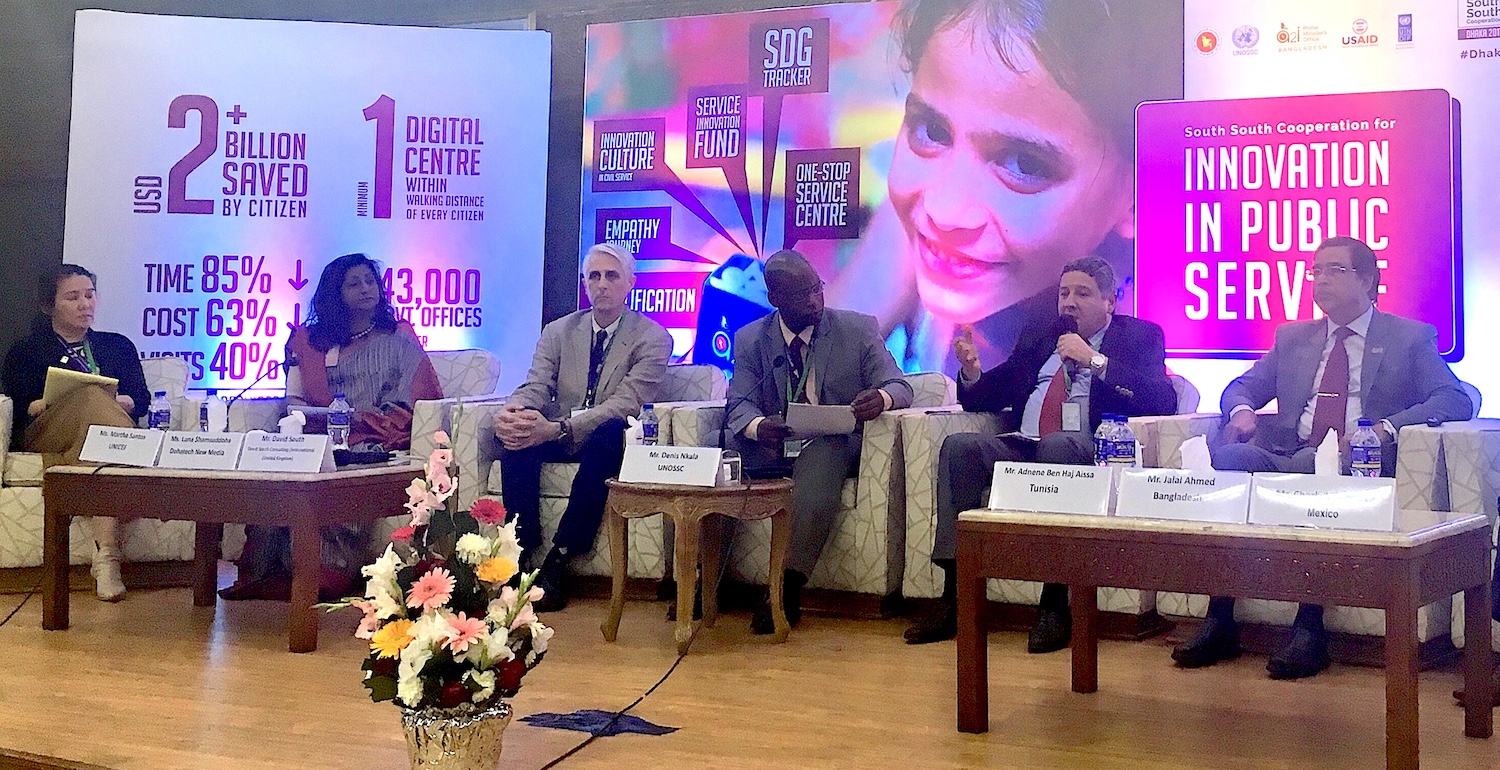
 We are located in London, UK. London offers a heady mix of academia, creatives, diplomacy and government, financial services, and tech talent. Let us bring that together to help you.
We are located in London, UK. London offers a heady mix of academia, creatives, diplomacy and government, financial services, and tech talent. Let us bring that together to help you.
We accept payments and donations here: https://www.paypal.me/davidsouthconsulting.

© David South Consulting 2020
 David South | Comments Off |
David South | Comments Off |  2017,
2017,  David South International,
David South International,  Internet,
Internet,  UNDP,
UNDP,  United Nations,
United Nations,  client map,
client map,  david south consulting,
david south consulting,  design studio,
design studio,  digital,
digital,  headquarters,
headquarters,  modernisation,
modernisation,  public in
public in  Agenda 2030,
Agenda 2030,  Agenda 21,
Agenda 21,  Child Health,
Child Health,  David South International,
David South International,  Environment,
Environment,  Health,
Health,  Innovator,
Innovator,  International Development,
International Development,  Knowledge Sharing,
Knowledge Sharing,  Media,
Media,  Millennium Development Goals,
Millennium Development Goals,  Mobile Phones and Information Technology,
Mobile Phones and Information Technology,  Project Management,
Project Management,  Publishing,
Publishing,  Senior Partner,
Senior Partner,  Sustainable Development Goals
Sustainable Development Goals 

